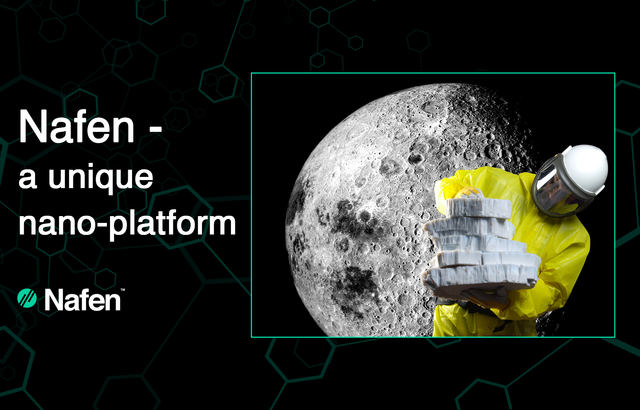The materials science world has been struggling for almost 40 years to develop and effectively utilize nano-sized materials. The hype started in the 1980s with the development of Carbon Nano Tubes (CNTs). Since that time, other nanomaterials have been developed and put into some industrial applications, but all of them have had similar critical failing issues - e.g. high price, limited production capability, lack of performance, color change, agglomeration and difficulty of use.
The industries working with advanced materials have long been hoping that at some point they would be able to replace existing macro-sized additives with nano-sized materials. The important aspect of this desire was to reduce the amount of material needed to get the same or better performance from their products. It is well known that in the Aerospace and Automotive industry, for example, there is a strong push to reduce the weight of materials going into aircraft and vehicles, and nanomaterial is one means of achieving that.
NAFEN is a unique form of nanosized aluminum oxide. NAFEN fibers are produced from a patented industrial production process and a set diameter of 10nm and a monocrystal length of about 300nm (on average). This high aspect ratio is an important feature to NAFEN's capabilities to work as a reinforcing mechanism. It also has a large surface area (155m2/g), which is one of the features that make it possible for extremely small concentrations of NAFEN to make a large impact on performance. Being perfect alumina monocrystals in γ-phase, NAFEN is dielectric and thermally stable at temperatures up to 1200°C. These physical properties allow NAFEN to have a positive impact on certain performance aspects of other materials as well, which can be critically important features for using those materials in certain applications.
NAFEN has been shown to be easy to use and effective at very low concentrations (less than 1% by weight). The fact that NAFEN can be effectively dispersed and does not reagglomerate (collect together) means that users gain the advantage in performance from a true nanomaterial without having to add significant amounts or drastically change their formulations. Advanced materials producers could achieve improvements in their composite components, adhesives, coatings and other polymer-based materials without adding weight or significant cost.
Surely, there are several other applications not related to polymer reinforcement, which NAFEN works well in, recently, the partners from LG Electronics confirmed that NAFEN has a good heat dissipation performance as compared to general alumina. R&D engineers from NAFEN continue to work closely with LG Electronics to reconfirm already achieved positive results and find out new perspective applications. This Join Development Partnership (JDP) program opens new opportunities to use alumina nanofibers in microelectronics, but not only. Being a unique nano-platform, NAFEN could be easily modified by the procedure of surface functionalization, and therefore, this particular feature sufficiently extends the use of the nanofibers to meet a diverse set of advanced materials applications. A good example of such combination is the graphenized version of alumina nanofibers. In this case, NAFEN ceramic fibers are encapsulated by the conductive and inert few-layered graphene. These hybrid structures were studied by a research group from TUT and are shown to be a promising material for a number of applications such as tough and electroconductive ceramic matrix materials; electrochemical energy conversion; highly-sensitive electrochemical sensors for detecting of bioanalytes; scaffold for biomedical applications and etc.
NAFEN technical team went through a learning curve of working with the nanofibers and making quality dispersions of the material in order to make the product as easy to use as possible for the target markets. Now, the company offers a full dispersion production line for the customers, where it can provide them with anything from a basic dispersion with a targeted concentration of NAFEN, all the way up to fully formulated ready-to-use epoxy-based products (e.g. adhesive, coating, composite resin, etc) branded as DYNABOND.
